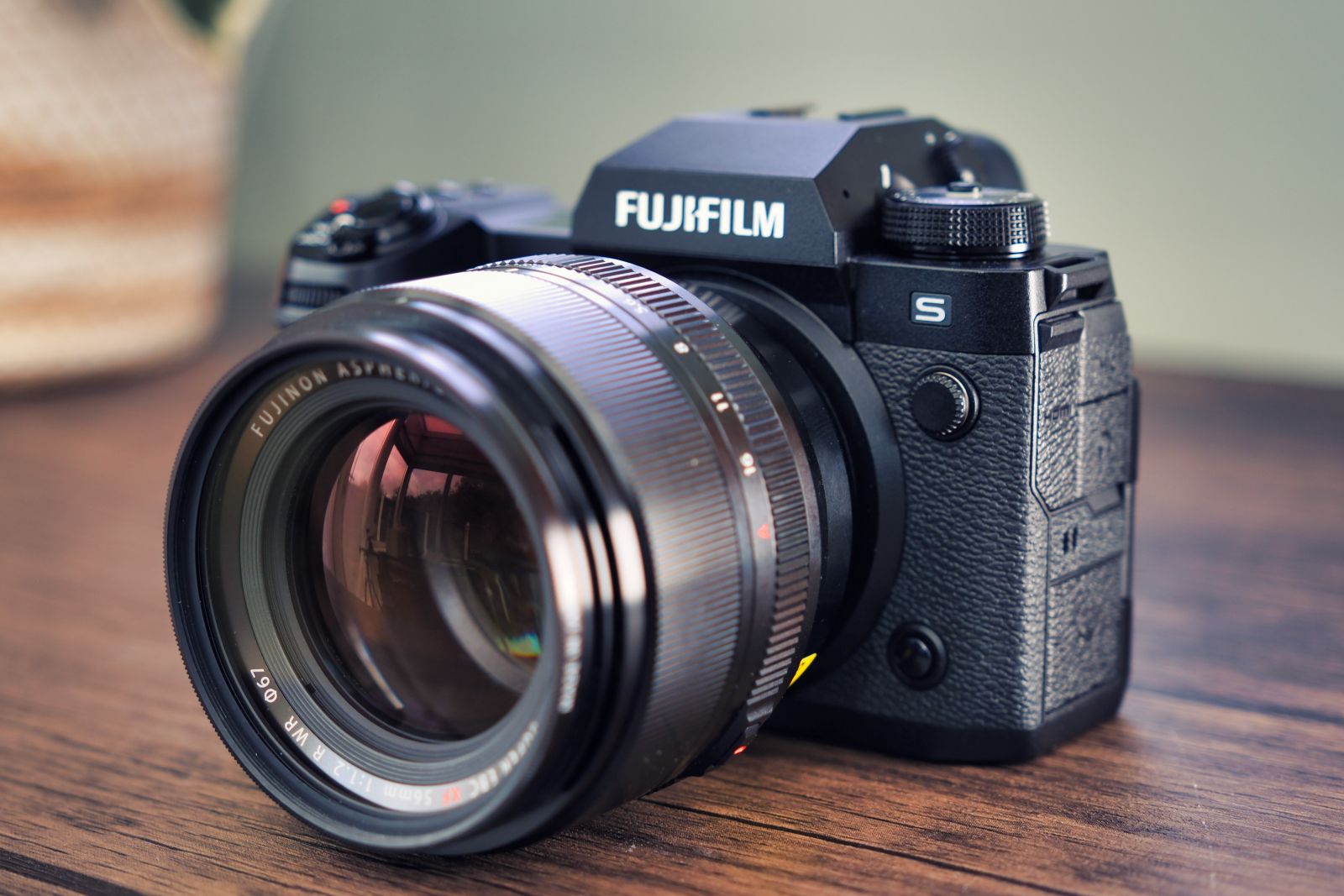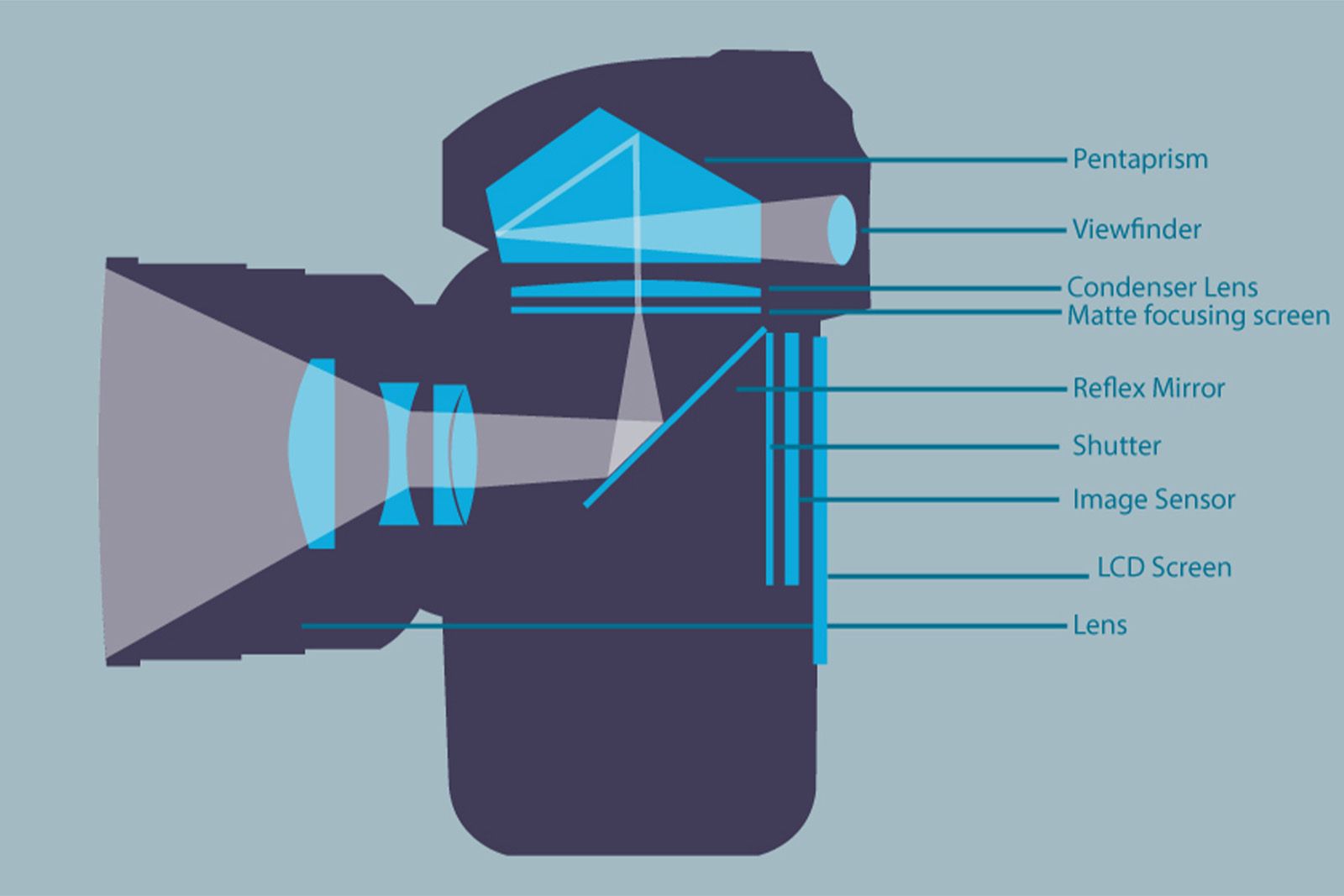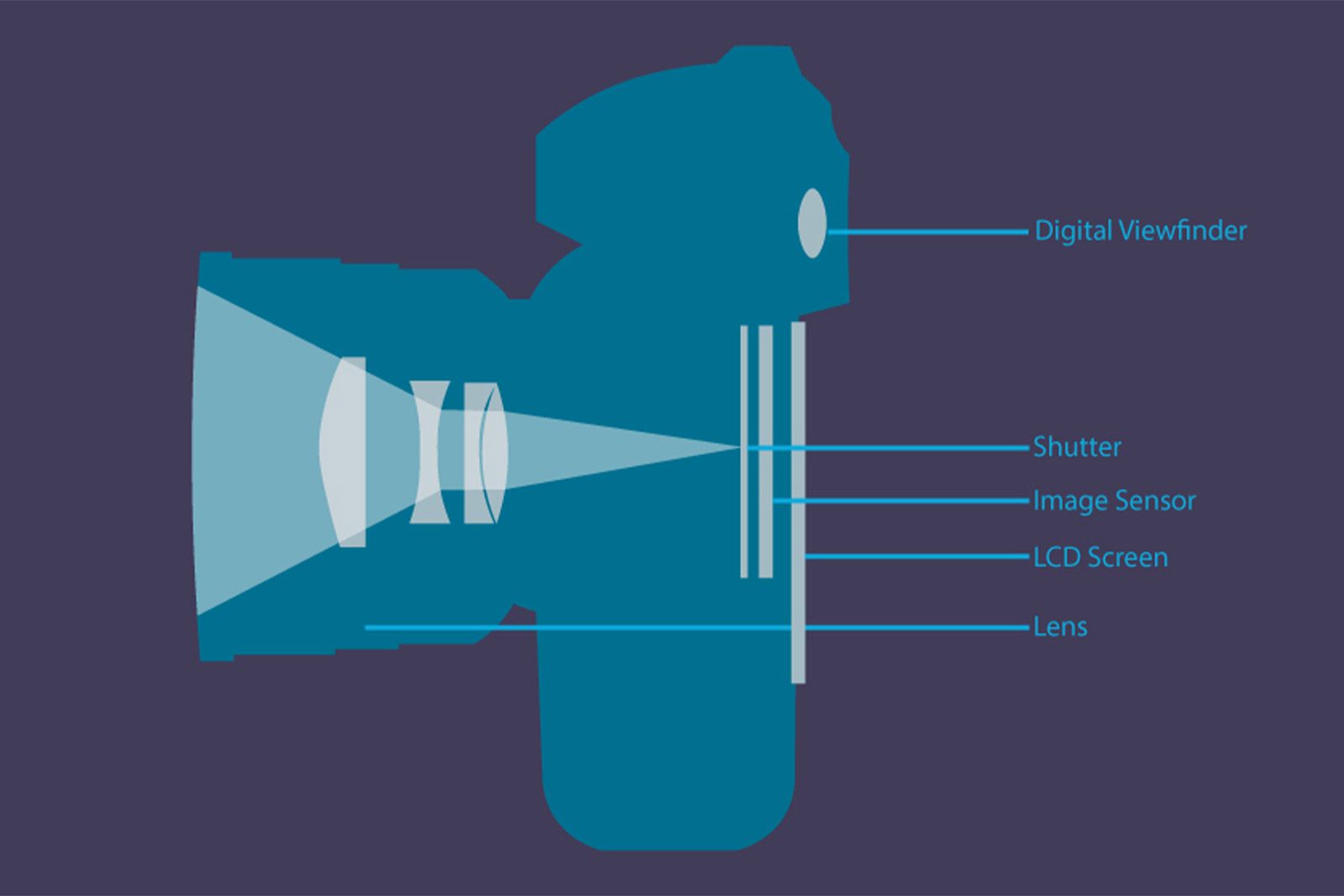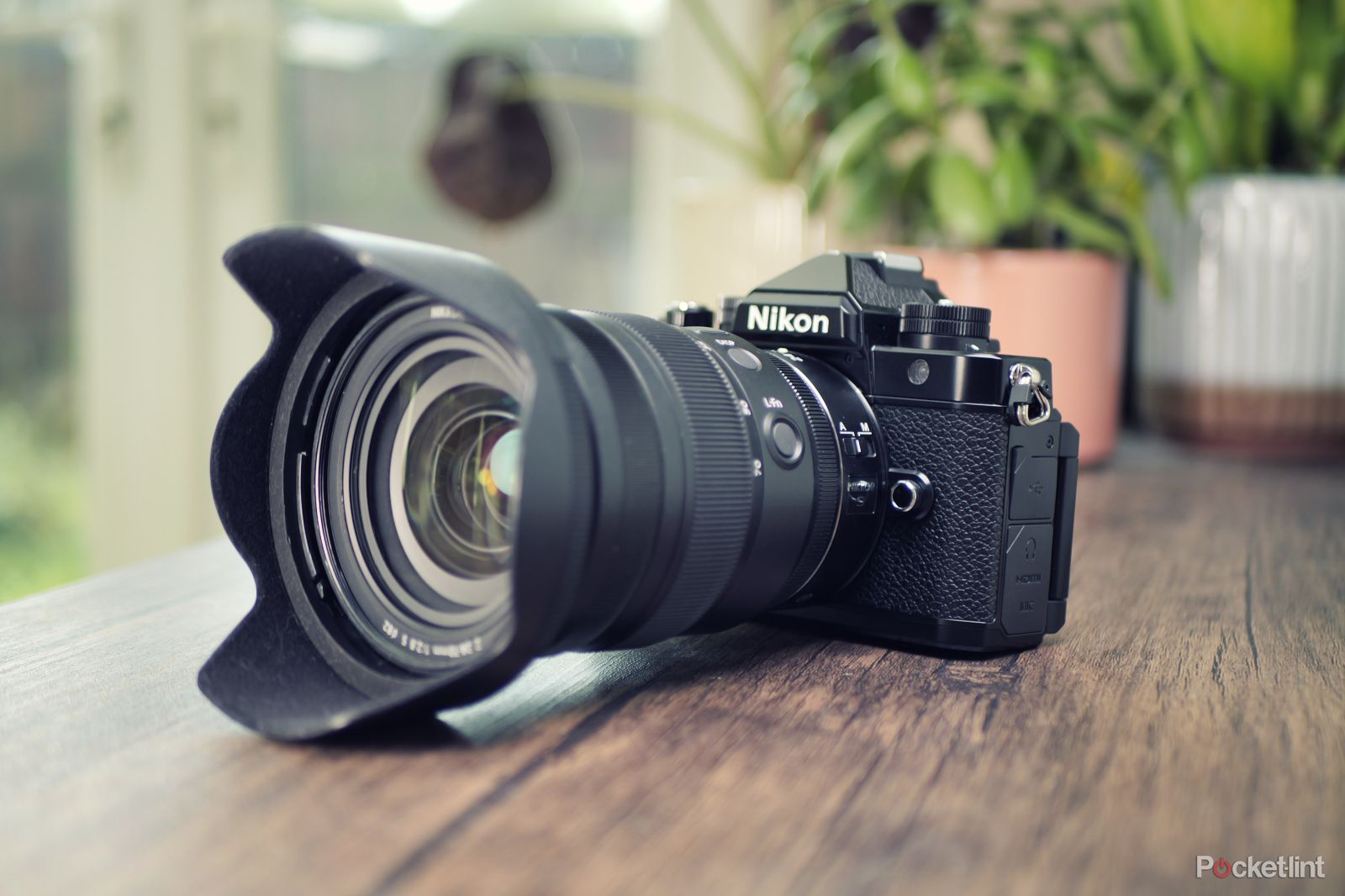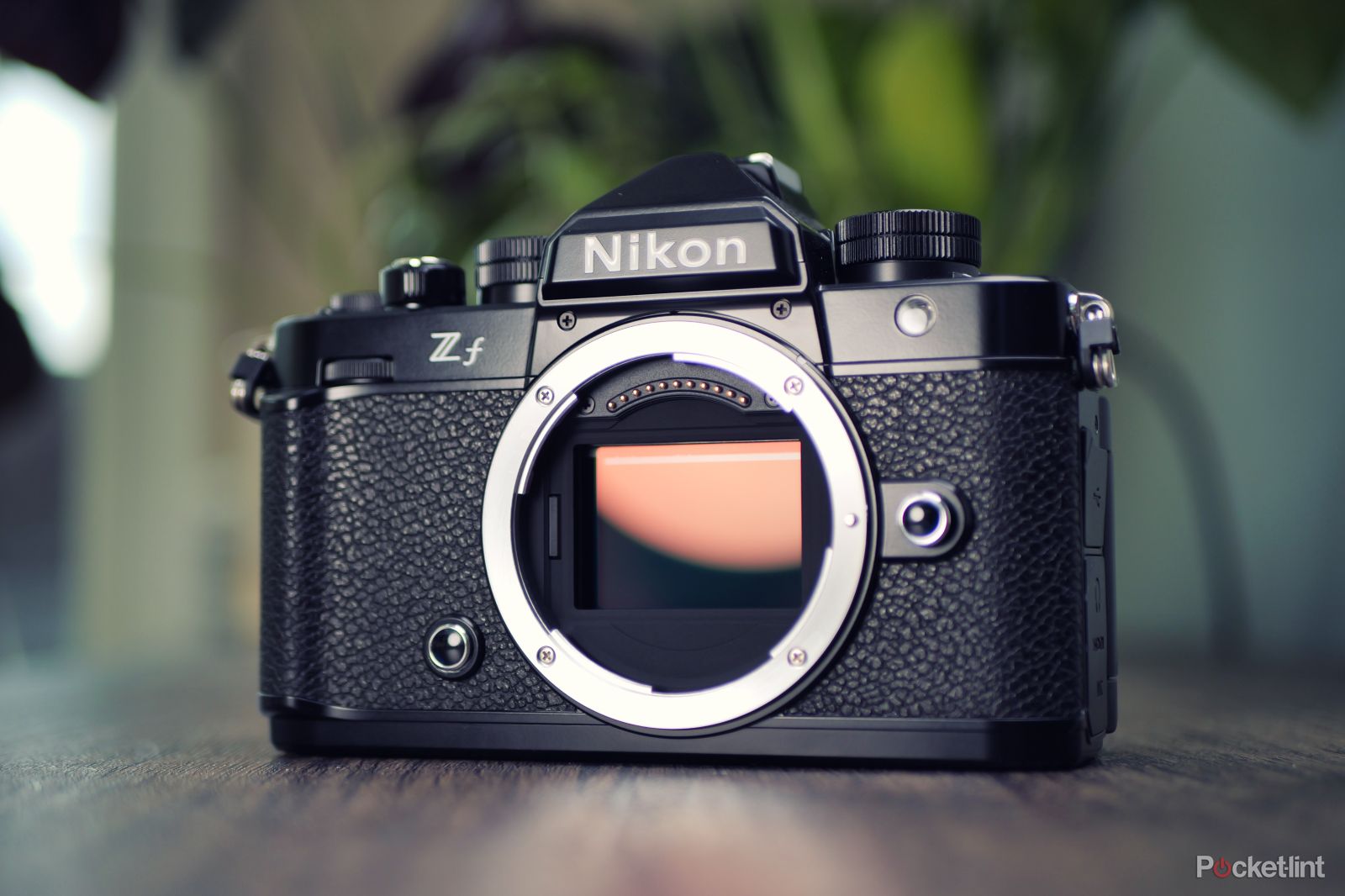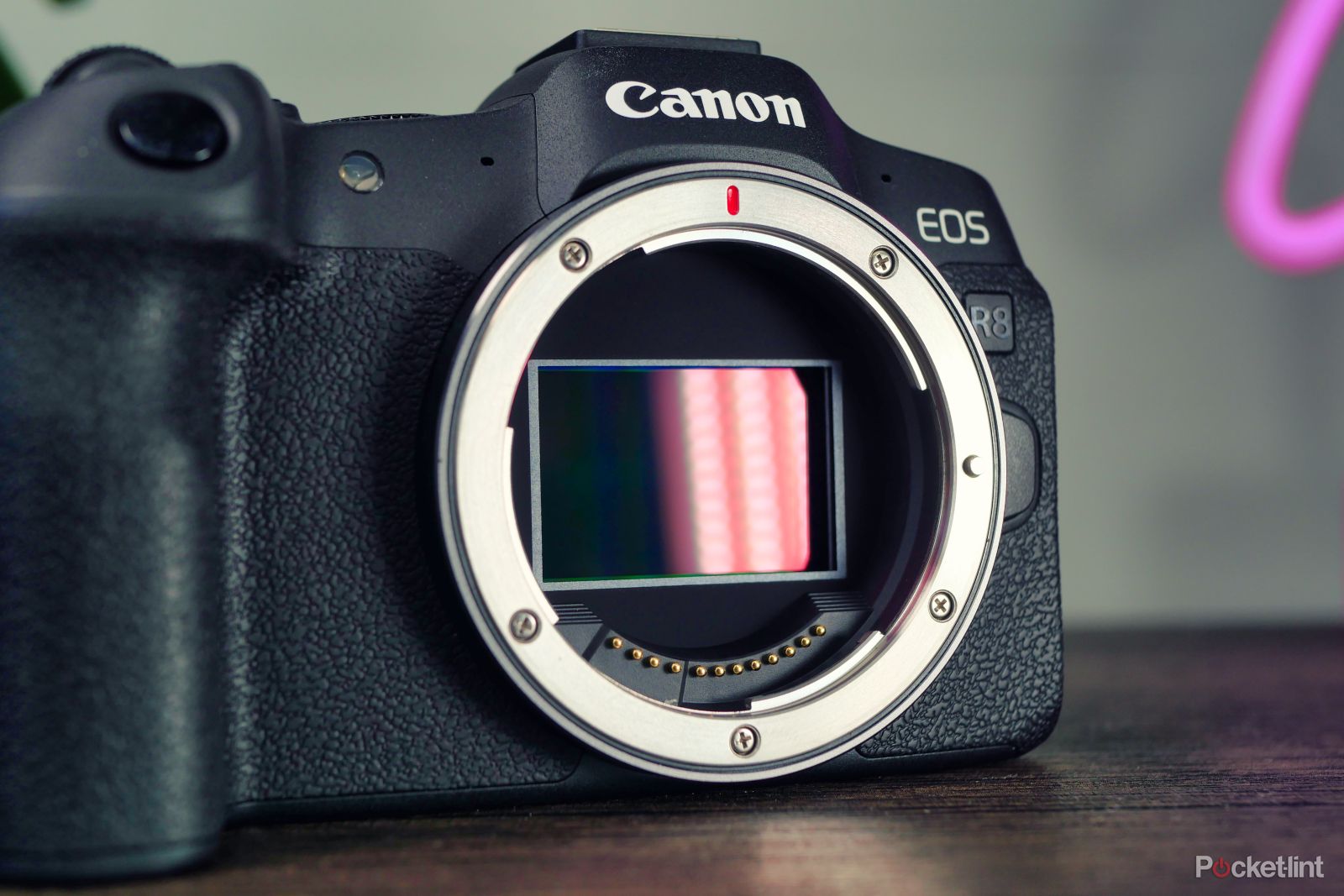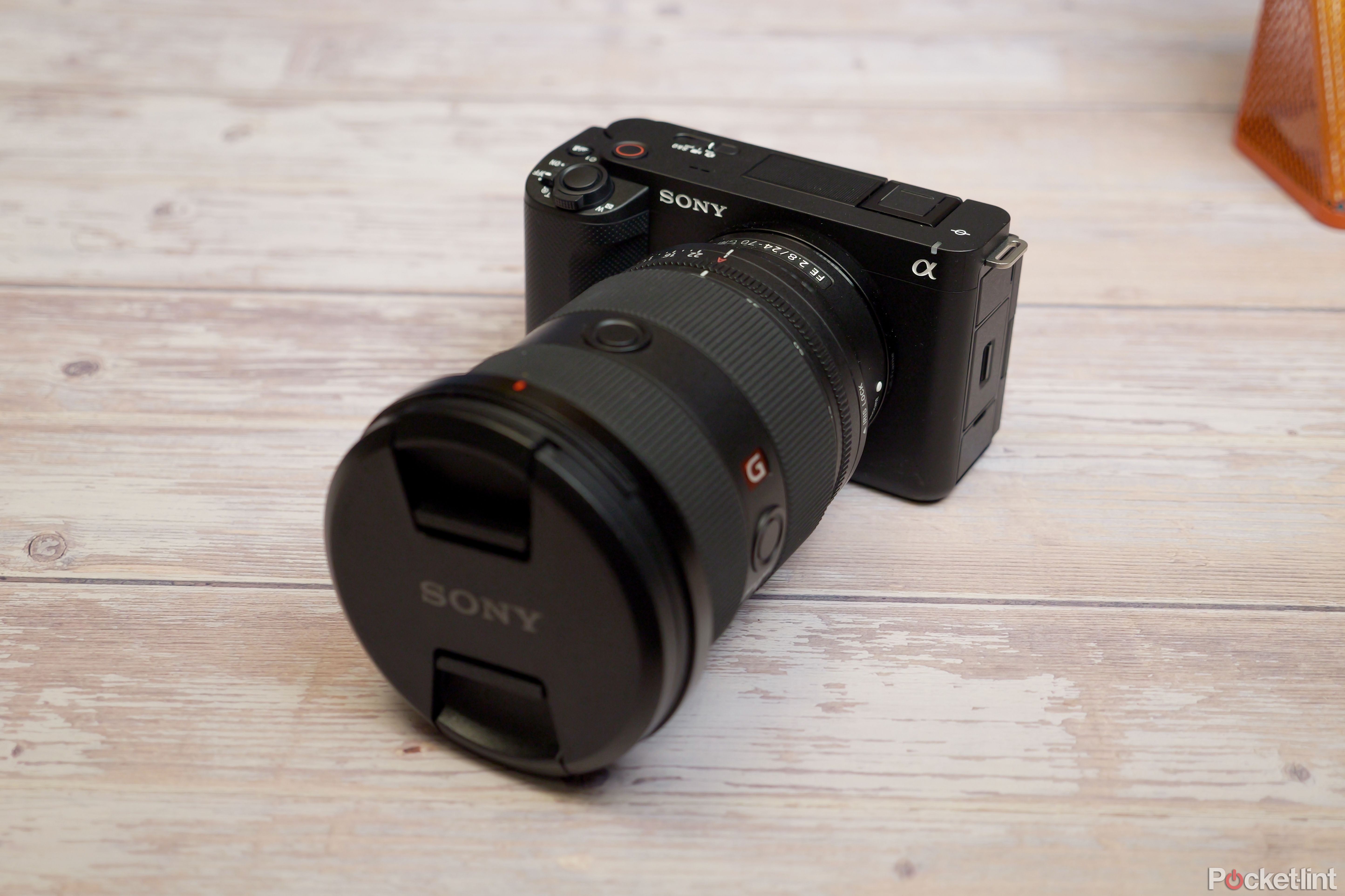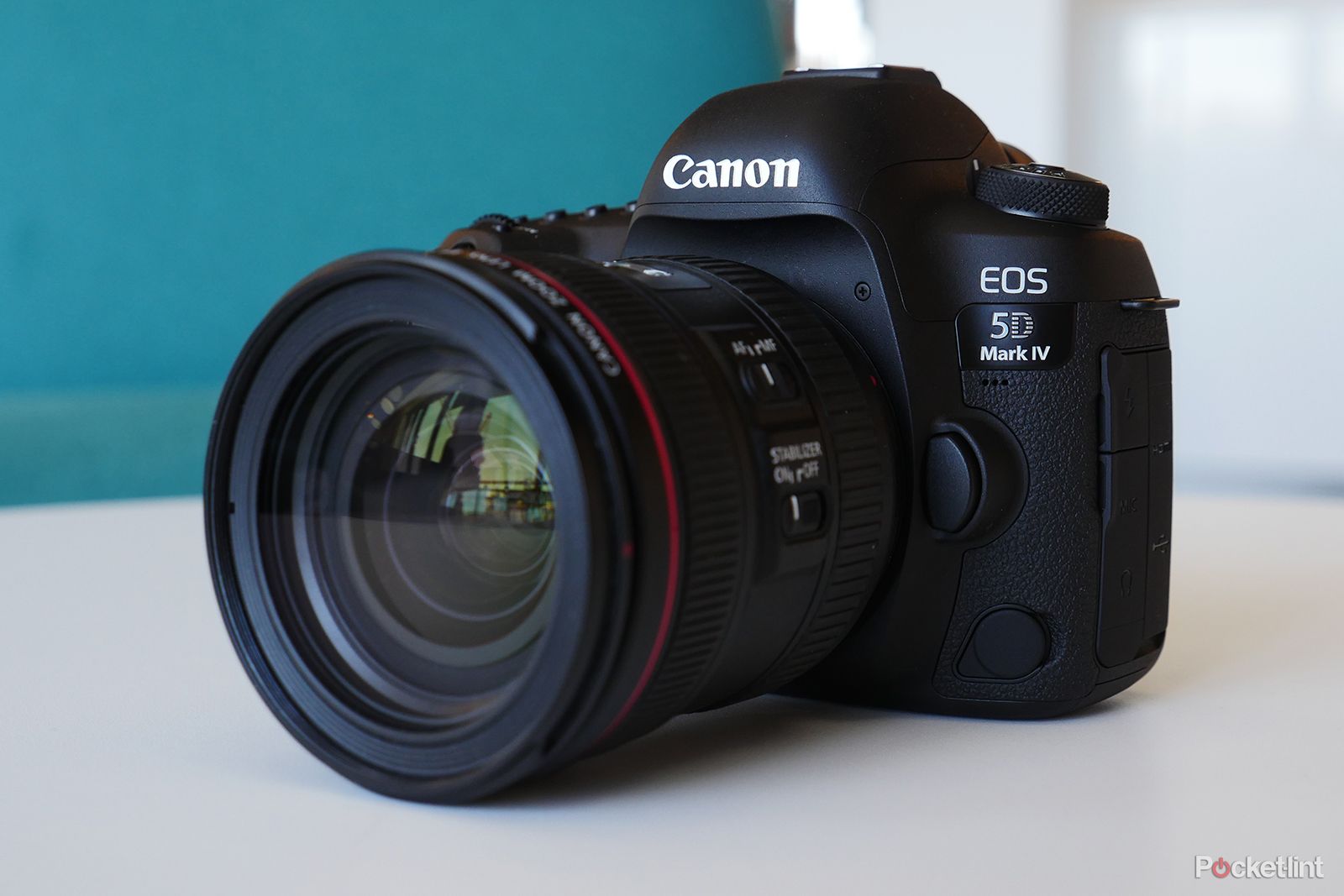Key Takeaways
- Mirrorless cameras are taking over due to their technological advancements and lighter, simpler design compared to DSLRs.
- DSLRs offer excellent image quality and an optical viewfinder for shooting action scenes, but are heavier and bulkier than mirrorless cameras.
- While mirrorless cameras are generally better and will continue to improve, DSLRs still have advantages such as longer battery life and a more accurate viewfinder.
DSLR cameras have ruled the roost for decades. There are plenty of iconic models from the Minolta Maxxum 7000 to the Nikon NC2000 AP, and even modern classics like the affordable Canon EOS Rebel series. People have taken millions upon millions of photos with such cameras with great success. It’s familiar and reliable technology.
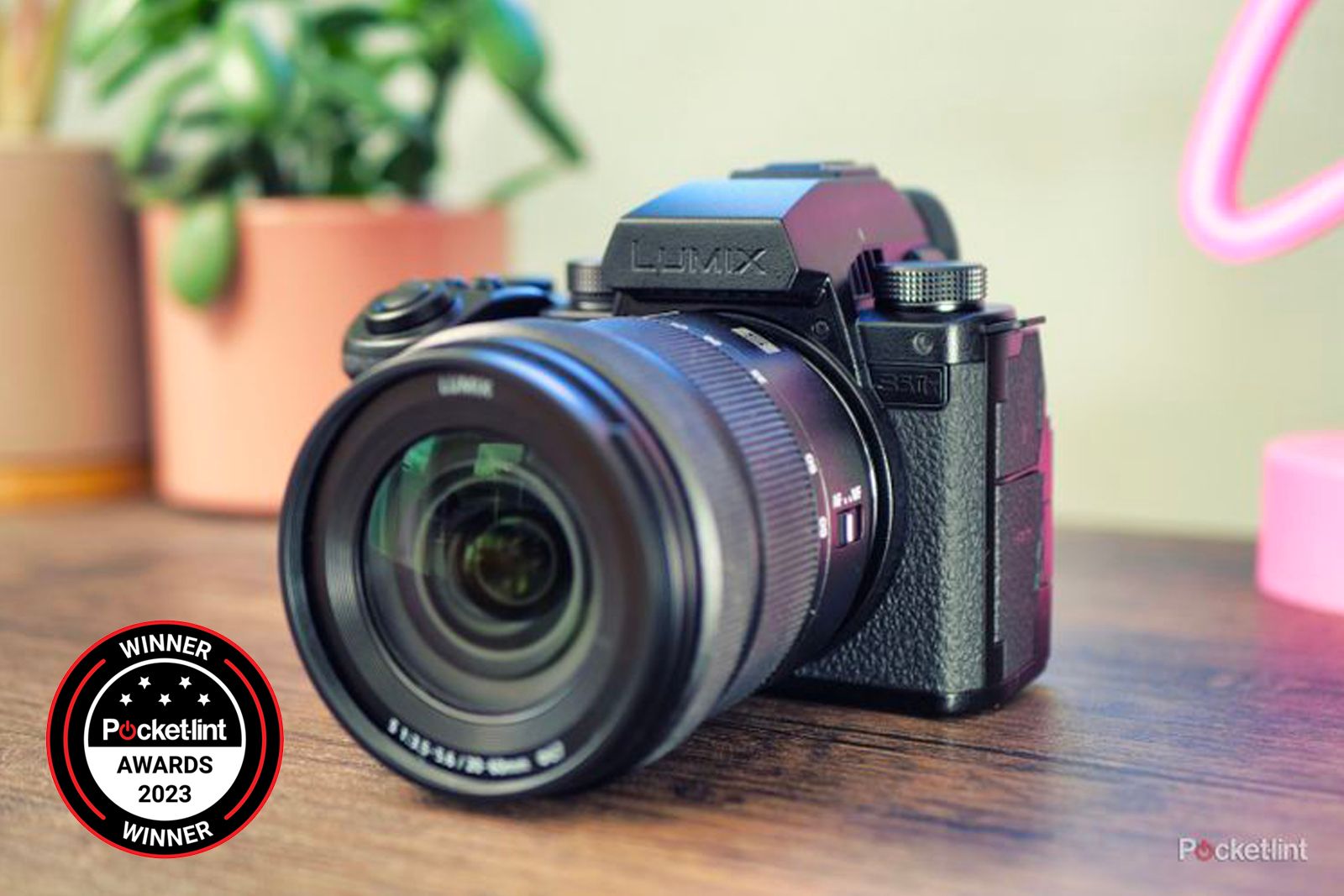
Best cameras for filmmaking: 5 top picks for video with professional specs
With 4K+ resolutions, jumbo sensors, and extreme framerates these cameras give filmmakers a professional edge.
However, mirrorless cameras are starting to take over. Panasonic and Sony led the charge through the 2010s and now most camera manufacturers have mirrorless offerings. Even serious photographers take them seriously now, which was not true when such cameras were first introduced in the mid-2000s. So, what’s the difference between DSLR and mirrorless, and which is better? Read on to find out.
B&H Photo
What is a DSLR camera?
DSLR is an acronym that stands for “digital single-lens reflex”. You can go through each part of the name to learn more about how it works. The digital part means that the camera operates with a fixed digital sensor. Single-lens means the camera uses the same lens for framing, focusing, and taking the photo. Finally, reflex references the system where a mirror shoots the incoming light into the optical viewfinder.
In general, the image above perfectly demonstrates the internal mechanisms of a DSLR camera. Light comes in through the lens, refracts off of an internal mirror up to a pentaprism and into your eye through the viewfinder. The image sensor rests behind the mirror. When you take a picture, the mirror flips up so that the image sensor can collect the data before the mirror flips back down.
There are pros and cons, which we’ll go over later. However, the largest benefit is that the viewfinder image is always optical, so you see what the camera sees. The biggest detriment is that DSLRs are among the most complex camera systems with tons of moving parts.
B&H Photo
What is a mirrorless camera?
Mirrorless cameras are technologically simpler and more advanced than DSLRs, which is why they’re taking over in such a big way. They omit the mirror in favor of a digital viewfinder. So, while you can’t see exactly what the camera sees, it does provide a WYSIWYG experience that lets you tune the image before taking the photo.
You can see the difference in the image above. There is no mirror and no pentaprism. The light from the lens goes straight to the image sensor. That information is then relayed to the viewfinder digitally in most cases. There are some mirrorless cameras with optical viewfinders, but that’s not typical. This causes a mirrorless camera to be lighter, quieter, and simpler overall.
The benefits of mirrorless cameras are technological advancement. For example, the electronic viewfinder can display things like focus-peaking, zebra patterning, and more, which is something optical viewfinders on DSLRs can’t do. However, all of this requires power. Given the same size of battery, a mirrorless camera will drain the battery faster.
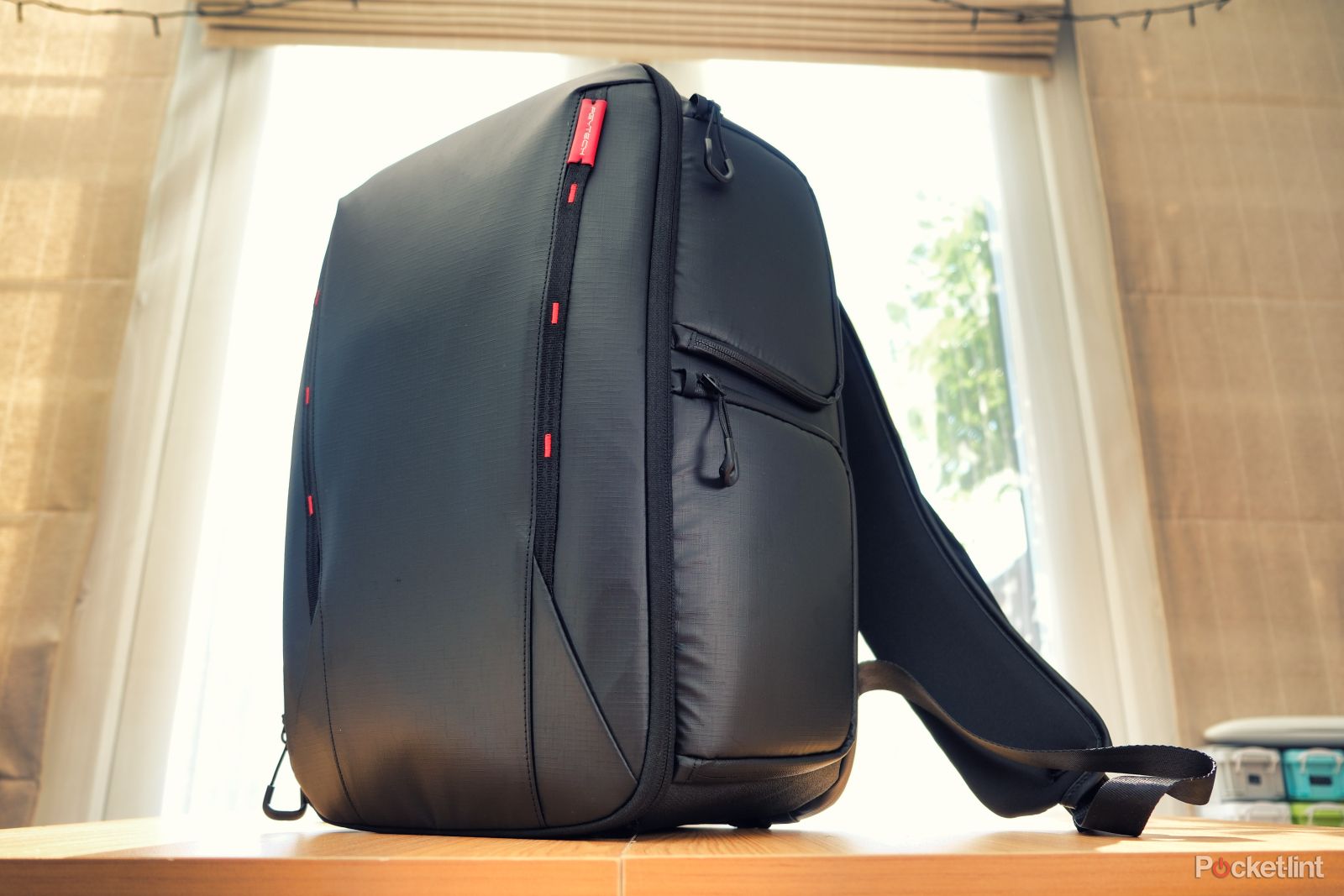
Best camera bags: Transport your camera gear in comfort and style
If you’ve invested in some camera equipment, keep it protected and organised in one of these excellent bags.
DSLR vs mirrorless cameras: Pros and cons
So, now that we know the main differences, let’s look at the pros and cons of each.
DSLR pros
- DSLRs have excellent image quality. Just because it’s an older technology doesn’t mean it suffers here.
- The optical viewfinder shows you a sharp, unprocessed view of whatever the camera lens sees, which is great for shooting action scenes.
- Longer battery life since there are fewer electronic components at work.
- These days, they’re generally less expensive, which makes them great for beginners.
- While there are adapters that bridge the gap somewhat, DSLRs have a larger overall lens selection.
DSLR cons
- More complex internal systems make DSLRs generally heavier and bulkier than mirrorless cameras.
- The optical viewfinder is rarely a one-to-one comparison of what the image sensor will see when you snap a photo, which means if your settings are wrong, you’ll get a bad photo.
- Since DSLRs are becoming less common, you’ll see fewer of them with newer features, like USB-C charging or higher resolution video capture.
Mirrorless pros
- Less complex internals means a lighter, smaller overall camera.
- The lack of moving parts means mirrorless cameras are considerably better at shooting video or even burst shots.
- WYSIWYG viewfinder and rear LCD screen are helpful for getting shots right with less editing.
- Manufacturer research and development is all-in on mirrorless, so it gets more new features. For example, there are mirrorless cameras with 8K video recording. DSLRs don’t have that.
- Upgraded viewfinder displays, autofocus systems, and hybrid systems have made mirrorless more-or-less even with DSLRs in areas where DSLRs used to be better, such as accurate autofocus.
Mirrorless cons
- More expensive than DSLR cameras, especially these days.
- Digital viewfinders may suffer from lag, stutter, or latency compared to optical viewfinders.
- DSLRs win the battery life battle every time and it’s no contest.
DSLR and mirroreless camera similarities
Quite frankly, mirrorless and DSLR cameras are more similar than they are different. They can both shoot photos and videos, although mirrorless is better at the latter. Both types of cameras also have full manual controls, interchangeable lenses, the same support for memory cards (usually SD cards), weather sealing (on some models), and both types have hotshoes that are compatible with the same hotshoe accessories.
Camera mechanics like aperture, ISO, and shutter speed work the same on both types of cameras. Additionally, DSLR cameras can do things like focus peaking and zebra patterning, although that is limited to the LCD screen and not the viewfinder. Both types can do autofocus, burst shooting, and other advanced camera features as well.
In terms of shooting mechanics, the two systems are nearly identical. You’ll still use the viewfinder and rear LCD the same way. Most of the buttons and controls are in similar places. Even the settings menus are similar. For example, my Nikon D5300, a DSLR, has an almost identical menu look and structure to my Nikon Z6 II, a mirrorless camera.
So, while the two systems do have differences, physically using them isn’t a terribly different experience. You’ll still want to obey the basics, like not changing your lenses in the rain. Having used both types of cameras, I can tell you that most of the muscle memory I developed on the DSLR translated perfectly to mirrorless cameras.
DSLR vs mirrorless cameras: Which is better?
Generally speaking, mirrorless cameras are better. They are the newer technology, which means they’re getting improvements with each new generation of cameras. Most of their weaknesses are being worked on by companies as well. For example, early mirrorless cameras had horrible digital viewfinders. Now, they’re nearly as good as optical lenses, with some Sony cameras sporting 240 Hz viewfinder displays.
In time, mirrorless cameras should shore up their remaining weaknesses and surpass DSLRs in every arena, so they are a pretty safe bet moving forward. Even today’s best mirrorless cameras are better than most of today’s best DSLR cameras. That’s just a fact.
With that said, it’s not like DSLRs are chopped liver. The optical viewfinder will become a fossil, but it’s still the most accurate view of what your camera sees. Plus, there are a metric ton of great budget-level DSLRs, making them the better choice for beginners since there is a larger selection at a lower price, provided you don’t need advanced video features like 4K at 60 frames per second.
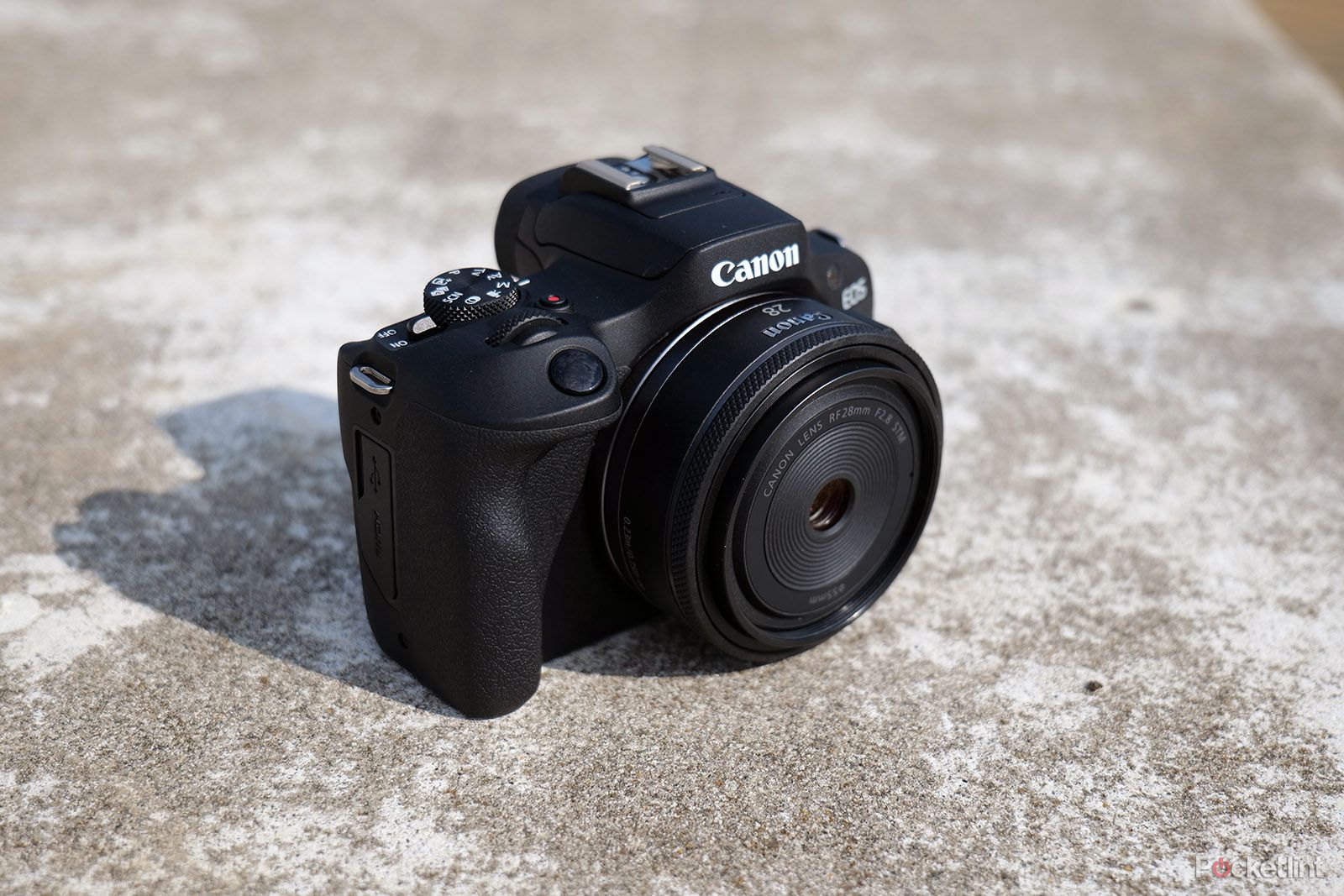
Best cameras for beginners: Photographer tested and reviewed
Fresh to photography? The best beginner cameras can capture gorgeous photos and videos without costing a fortune.
However, we think the biggest advantage is battery life. DSLRs have vastly better battery life, which makes them better for photography in environments where chargers can’t go. You’ll need to carry physically fewer batteries, which is both more convenient and less expensive. So, if optical viewfinders and long battery life interest you, DSLRs are the way to go.

